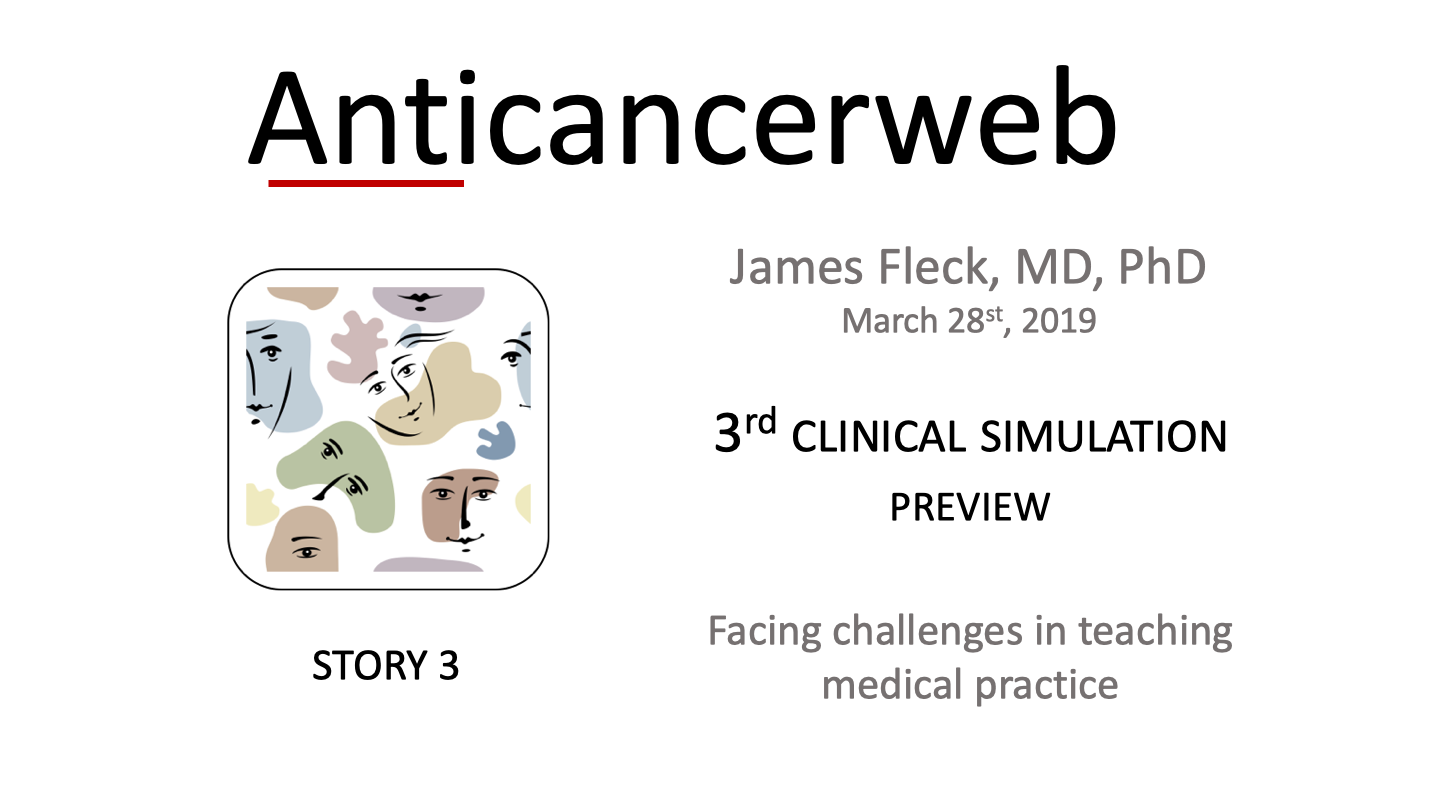
The Hippocratic Oath
I will remember that I remain a member of society, with special obligations to all my fellow human beings, those sound of mind and body as well as the infirm.
Hippocrates (460 – 370 BC)
Peter & Edgar
(Fictional narrative)*
Peter, a young physician with only five years of practice, faced his first ethical dilemma. Ten years earlier, Peter's older brother was kidnapped by a junkie and, although he survived without any physical harm, there was a lot of emotional distress. Peter became very protective of his brother, actively helping him overcome the trauma, which seemed to be over now. While working in the ward of a public hospital, Peter met Edgar, a 47-year-old inmate. Edgar was a drug addict who had killed a man during a robbery. Peter realized that Edgar was seriously ill. He had been diagnosed with advanced lung cancer and suffered from Tourette's syndrome since childhood. As a child, Edgar had been a victim of parental abuse, which, in combination with Tourette's syndrome, made him a social outcast. Peter was invaded with mixed feelings. Edgar’s history brought back the suffering he faced when his brother was kidnapped. It was impossible for him to not identify Edgar with his brother’s kidnapper. He wanted to fulfill his duties, but was unable to move on and felt paralyzed by his mixed feelings.
Abstract
Overview of the emotional flow and defining moments seen in this weird double challenge. Without interfering in the relationship between the young doctor and his patient, the senior doctor had to find a creative way to resolve an ethical dilemma with an unpredictable outcome. Here you will find the plot segmentation, describing how the doctor dealt with the challenges presented by Peter and Edgar. The exposition (PLOT 1) takes place in a jail cell, where Edgar, an inmate, was experiencing such intense pain that he began banging his head against the wall. The raising action (PLOT 2) reveals Peter’s ambivalence in dealing with Edgar’s case brought up by his personal trauma. The conflict (PLOT 3) was a consequence of Peter's sense of professional duty. The climax (PLOT 4) was reached when Peter had an open discussion with his chief physician about his mixed feelings. After a deep reflection Peter decided take care of Edgar. During the falling action (PLOT 5), Peter committed himself to providing the best care, explaining the interventions and supporting Edgar in shared decision-making. Medicine provided a healing opportunity for both the patient and the physician. The resolution (PLOT 6) will be presented by the storyteller in a comprehensive biopsychosocial approach.
Emotional Flow
The graph presented below is a simplified depiction of Peter & Edgar's emotional flow. At each PLOT element the double challenge faced by senior doctor leads to emotions that occur along distinct time intervals (△t). The interventions are responsible for the emotional flow, which is unique to each case report. The continuous sinuous blue line represents the protagonists’ changing emotional status, with the larger inflection representing the “turning point”.
Author's perception of the patient's emotional flow and turning points
*James Fleck, MD, PhD is a full professor of medicine at UFRGS, Brazil (Editor)
Joao A. de Andrade, MD: Professor of Medicine and Chief Medical Officer, Vanderbilt Lung Institute, Vanderbilt University Medical Center, Nashville, TN – USA (Associate Editor)
© Copyright Anticancerweb 2019

Please login to write your comment.
If you do not have an account at Anticancerweb Portal, register now.